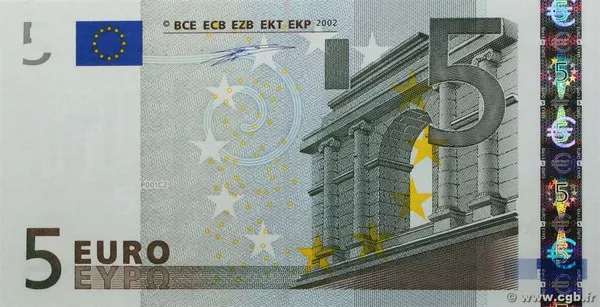In recent times, global financial markets have witnessed a notable trend – the strengthening of the U.S. dollar against the euro. This shift in exchange rates has sparked considerable interest and raised questions about the underlying factors driving this phenomenon. In this article, we delve into the key economic indicators, geopolitical events, and monetary policies that contribute to the strengthening of the U.S. dollar against the euro.
Economic Fundamentals
One of the primary drivers behind the strengthening of the U.S. dollar is the robust economic performance of the United States compared to the Eurozone. The U.S. economy has shown resilience and agility, rebounding from the impact of the global financial crisis and adapting to the challenges presented by the COVID-19 pandemic. Key indicators such as GDP growth, employment rates, and consumer confidence have painted a positive picture of the U.S. economic landscape.
Contrastingly, the Eurozone has faced a series of challenges, including slower economic growth, political uncertainties, and structural issues within the European Union. These disparities in economic fundamentals contribute to an increased demand for the U.S. dollar as a safer and more attractive investment option, thereby strengthening its position against the euro.
Monetary Policy Divergence
Another crucial factor influencing the exchange rate dynamics between the U.S. dollar and the euro is the divergence in monetary policies pursued by the Federal Reserve and the European Central Bank (ECB). The Federal Reserve has adopted a more hawkish stance, signaling a shift towards tightening monetary policy to address concerns related to inflation and overheating of the economy.
On the other hand, the ECB has maintained a dovish stance, emphasizing the need for accommodative monetary policies to stimulate economic growth in the Eurozone. This difference in policy outlooks has led to higher interest rates in the United States compared to the Eurozone, attracting foreign capital into U.S. assets and driving up the value of the U.S. dollar.
Inflation Differentials
Inflation differentials between the United States and the Eurozone also play a significant role in the strengthening of the U.S. dollar against the euro. The U.S. has experienced a moderate increase in inflation, largely attributed to factors such as supply chain disruptions and increased demand as the economy recovers from the pandemic. The Federal Reserve’s commitment to addressing inflation concerns has provided confidence to investors, further bolstering the attractiveness of the U.S. dollar.
In contrast, the Eurozone has struggled with persistently low inflation, raising concerns about the effectiveness of the ECB’s monetary policies. The lack of significant inflationary pressures has led to lower interest rates in the Eurozone, making the euro less appealing to investors seeking returns. As a result, capital flows towards U.S. assets, contributing to the appreciation of the U.S. dollar.
Geopolitical Uncertainties
Geopolitical events and uncertainties can also influence the exchange rates between major currencies. In recent times, the Eurozone has grappled with political challenges, including Brexit negotiations, concerns about the rise of populist movements, and internal disagreements among member states. These uncertainties create a sense of risk, prompting investors to seek refuge in safe-haven currencies, with the U.S. dollar being a primary choice.
The United States, while not immune to geopolitical uncertainties, has exhibited relative stability in comparison to the Eurozone. The perceived political and economic stability in the U.S. contributes to the preference for the U.S. dollar as a safe-haven asset during times of global uncertainty, further contributing to its strengthening against the euro.
Trade Imbalances
Trade balances between the United States and the Eurozone also influence the exchange rates between the U.S. dollar and the euro. The U.S. has consistently maintained a trade deficit, meaning it imports more goods and services than it exports. While a trade deficit might be considered a negative factor, it also implies a continuous inflow of foreign currencies into the U.S., supporting the demand for the U.S. dollar.
In contrast, the Eurozone has traditionally run a trade surplus, exporting more than it imports. While a trade surplus is generally seen as a positive economic indicator, it can contribute to a stronger euro. As the U.S. dollar benefits from the ongoing trade deficit, it tends to appreciate against the euro, which faces the impact of the Eurozone’s trade surplus.
See Also Why The Euro Is Falling
Conclusion
The strengthening of the U.S. dollar against the euro is a complex interplay of economic fundamentals, monetary policies, inflation differentials, geopolitical uncertainties, and trade imbalances. The resilience and robust performance of the U.S. economy, coupled with a more hawkish monetary policy stance, contribute to the attractiveness of the U.S. dollar for investors.
Meanwhile, the Eurozone’s economic challenges, coupled with a dovish monetary policy, inflation differentials, and geopolitical uncertainties, have collectively weighed on the euro. As global financial markets continue to evolve, monitoring these factors will be crucial for understanding the ongoing dynamics and anticipating future trends in the exchange rates between the U.S. dollar and the euro.


